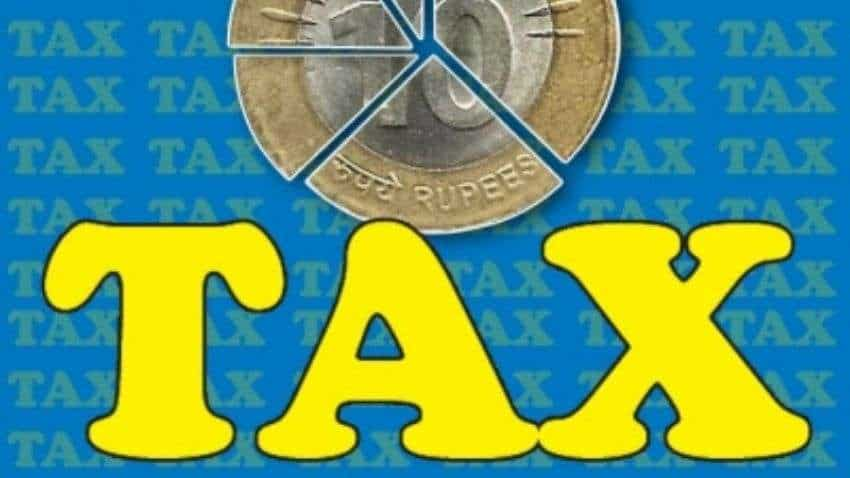State revenues set to top pre-pandemic heights this year
Revenues of India's top 10 states, which plunged 600 basis points (bps) last fiscal, are set to exceed the pre-pandemic or fiscal 2020 - levels by 600 bps this fiscal. The recovery would be driven by higher tax buoyancy, rise in sales tax collections from petroleum products (such as petrol and diesel) coupled with increase in grants as per the recommendations of the Fifteenth Finance Commission.

Revenues of India's top 10 states, which plunged 600 basis points (bps) last fiscal, are set to exceed the pre-pandemic or fiscal 2020 - levels by 600 bps this fiscal. The recovery would be driven by higher tax buoyancy, rise in sales tax collections from petroleum products (such as petrol and diesel) coupled with increase in grants as per the recommendations of the Fifteenth Finance Commission.
The increased revenue for states would come even as their demand for GST compensation from the centre remains high. The centre is anticipating a Rs 1.58 lakh crore shortfall in GST compensation cess due to states in FY22, a number which several states feel would remain short of covering the shortfall in indirect tax collections during the year.
See Zee Business Live TV Streaming Below:
A CRISIL Ratings study of 10 states that account for 70 per cent of aggregate gross state domestic product indicates to the buoyancy in state tax collections this year.
Aggregate Goods and Services Tax (GST) collections, which account for a fifth of the revenues of states, had recovered well in the fourth quarter of last fiscal as economic activity sprung back. The momentum continues this fiscal, with April and May collections averaging Rs 0.93 lakh crore, marking an 11 per cent growth over fiscal 2020.
Says Manish Gupta, Senior Director, CRISIL Ratings, "While the second wave of the pandemic may moderate GST collections in June and July, we expect a recovery to pre-pandemic levels by August. CRISIL expects India's GDP to grow 9.5 per cent this fiscal which should assist GST collections to marginally better the pre- pandemic levels."
Another factor that will provide a fillip to state revenues is sales tax. The price of crude oil has risen to $70 per barrel versus $60 on average in fiscal 2020, leading to higher fuel (petrol and diesel) prices.
That, combined with the Rs 10-13 per litre increase in central excise imposed last year, will increase the taxable value of fuel for levy of sales tax (which accounts for 10 per cent of state revenues).
Most of these 10 states had hiked sales tax on fuel sales by 6-7 per cent (Rs 1.5-1.8 per litre) last fiscal. Consequently, the ratings agency expects sales tax revenue for states to increase 30 per cent this fiscal from fiscal 20 levels, even as fuel volume remains 2-3 per cent lower than the pre-pandemic levels. The price of crude oil is seen hovering at $70 per barrel on average this fiscal.
In addition to own taxes, states also have a share of central taxes, which forms a quarter of their overall revenue. While the proportions are determined by the Finance Commission, the overall kitty is linked with India's GDP growth. This kitty, which declined 9 per cent last fiscal, should recover to pre-pandemic levels with a growth of 9-10 per cent this fiscal, in line with the union budget.
States are also dependent on various grants provided by the central government, including grants towards Centrally Sponsored Schemes, Finance Commission grants, GST compensation, and revenue deficit, among others. Despite muted economic activity, these grants grew 10 per cent last fiscal on Finance Commission stipulations, and are seen robust this fiscal, too.
Says Aditya Jhaver, Director, CRISIL Ratings, "There is an interesting dichotomy here. While the overall revenues may grow 600 bps over fiscal 2020, they would still lag the budget estimates of states by a good 17 per cent. That's because most states didn't factor in the impact of the second wave and have pencilled in way higher tax buoyancy."
These calculations bake in gradual recovery in economic activity and tax collections from July. A higher than expected intensity of the third wave leading to a re-imposition of stringent lockdown could negatively impact revenue collections and our estimates. Conversely, better-than-expected tax buoyancy will drive revenue growth higher than our estimates.
Get Latest Business News, Stock Market Updates and Videos; Check your tax outgo through Income Tax Calculator and save money through our Personal Finance coverage. Check Business Breaking News Live on Zee Business Twitter and Facebook. Subscribe on YouTube.
RECOMMENDED STORIES

SBI 444-day FD vs PNB 400-day FD: Here's what general and senior citizens will get in maturity on Rs 3.5 lakh and 7 lakh investments in special FDs?

Small SIP, Big Impact: Rs 1,111 monthly SIP for 40 years, Rs 11,111 for 20 years or Rs 22,222 for 10 years, which do you think works best?
05:00 PM IST










 State revenue grows 5% till November against 17.4% budgeted for FY24: Report
State revenue grows 5% till November against 17.4% budgeted for FY24: Report States could potentially earn Rs 45,000 crore from GST
States could potentially earn Rs 45,000 crore from GST